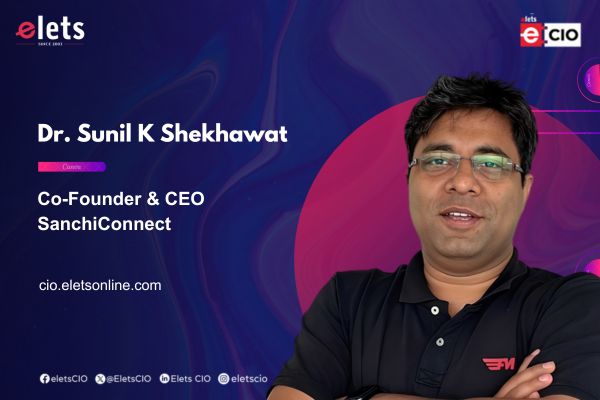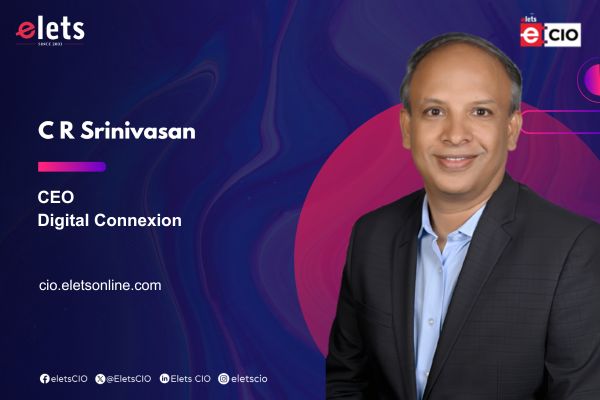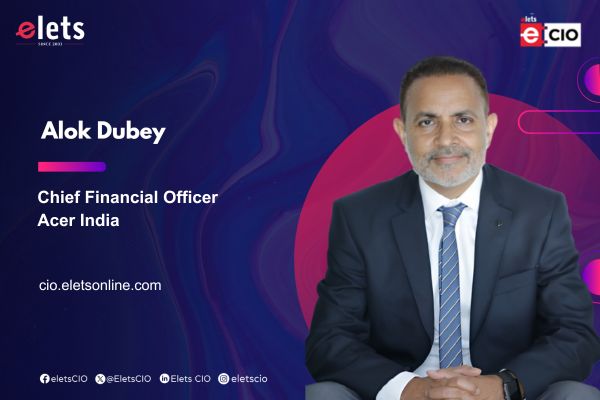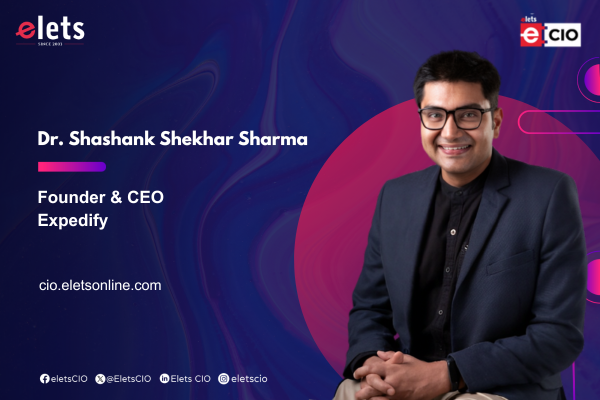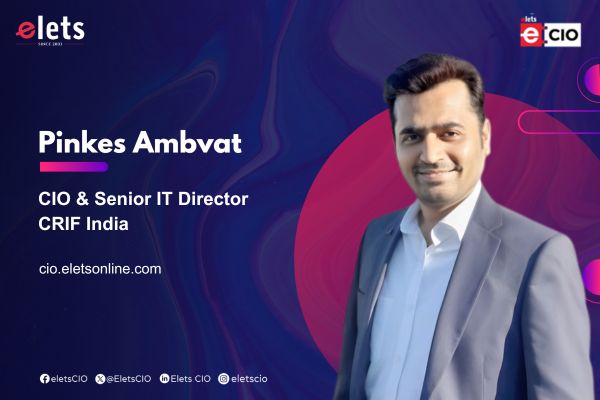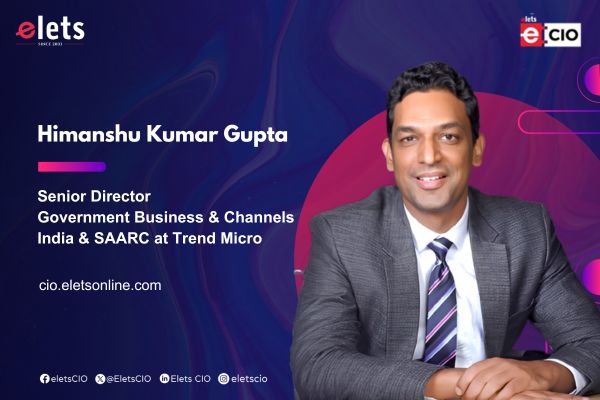
Indian government agencies navigate a uniquely complex environment. Digital India and Smart Cities initiatives have accelerated digital service delivery across the majority of urban centers, exponentially expanding attack surfaces through IoT integration, cloud adoption, and citizen-facing portals shared Himanshu Kumar Gupta, Senior Director – Government Business & Channels, India & SAARC at Trend Micro in an exclusive conversation with Kaanchi Chawla of Elets News Network (ENN). Edited excerpts:
In an era where AI-driven and hybrid threats are becoming increasingly sophisticated, why do traditional, compliance-based cybersecurity frameworks often fall short in truly protecting citizen data?

Traditional compliance frameworks were designed for a static threat environment, and while they remain important, they no longer suffice for the rapidly evolving landscape of the present. India witnessed over 370 million malware attacks in 2025, with ransomware crippling critical infrastructure. These adversaries leverage AI to execute automated attacks that evolve faster than policy updates, exploiting the gap between periodic audits and continuous threats. Traditional compliance frameworks record past incidents but proactive resilience anticipates future ones.

Continuous threat exposure management for example is missing , it is a proactive approach that maps real-time attack surfaces, prioritizes vulnerabilities by business impact, and validates exploitability. We at Trend Micro, believe government agencies need security that evolves with adversary tactics, transforming from reactive compliance to predictive risk management that measurably protects citizen data and maintains trust in digital governance.

What are the unique challenges faced by Indian government agencies in balancing citizen data privacy with the need for digital transformation?
Indian government agencies navigate a uniquely complex environment. Digital India and Smart Cities initiatives have accelerated digital service delivery across the majority of urban centers, exponentially expanding attack surfaces through IoT integration, cloud adoption, and citizen-facing portals. This transformation creates a few critical challenges.
- Fragmented infrastructure: Legacy systems coexist with modern cloud workloads, creating visibility gaps that adversaries exploit. The resource constraints limit both technology investments and skilled personnel. India faces a 25-30% talent deficit in cybersecurity, making it difficult to manage sophisticated threats. Siloed operations between departments and delayed threat reporting mean breaches escalate before coordinated responses materialize.
- Data privacy dimension adds complexity: Agencies must protect sensitive citizen information while enabling seamless service delivery. The solution lies in unified platforms that provide real-time visibility across hybrid environments, automated threat correlation, and risk-based prioritization. This enables agencies to secure transformation initiatives without compromising the citizen trust.
Could you elaborate on how real-time visibility and cross-domain threat correlation can help detect and neutralize breaches before they impact citizen-facing services?
Real-time visibility transforms security from reactive incident response to predictive threat prevention. Traditional security tools operate in silos, analyzing endpoints, networks, or clouds independently. This fragmented approach misses sophisticated attack patterns that span multiple environments, the tactics used to compromise citizen services. Cross-domain threat correlation changes this fundamentally. Through integration of the telemetry across email, endpoints, servers, and cloud workloads simultaneously, security platforms can detect attack patterns as they emerge.
Our Trend Vision One™ exemplifies this approach. The unified platform analyzes activity across hybrid environments, correlating it with global threat intelligence to identify and isolate threats automatically. Speed matters immensely. Automated correlation reduces mean-time-to-respond from hours to minutes, preventing and ensuring essential government services remain operational and trusted.
How do cloud-native security solutions support resilience and business continuity for essential public services like healthcare, e-governance, and utilities?
Cloud-native security addresses a fundamental challenge government agencies face today like securing dynamic and distributed infrastructure that underpins essential citizen services. Automated workload discovery ensures new cloud instances receive security controls immediately upon instantiation, eliminating configuration vulnerabilities before adversaries can exploit them. Virtual patching protects against zero-day vulnerabilities before vendor patches arrive, especially crucial when critical services cannot afford downtime. Integrated visibility across on premise and cloud environments eliminates the blind spots that enable breaches.
Our platform consolidates these capabilities, enabling continuous risk assessment that identifies exposures proactively. For business continuity, integrity monitoring detects unauthorized system changes, while automated backup validation ensures ransomware cannot compromise recovery options. This approach enables agencies to pursue digital transformation confidently while maintaining the service reliability and data protection.
Trend Micro has been a trusted cybersecurity partner globally — could you share how the company collaborates with Indian government agencies to build a secure and resilient digital ecosystem?
Trend Micro’s three-decade legacy in cybersecurity uniquely positions us to support India’s digital sovereignty ambitions. Our collaboration with government agencies centres on the strategic pillars that deliver measurable outcomes.
- Intelligence: Our Zero Day Initiative leads global vulnerability disclosure, responsible for 60% of all CVEs (Common Vulnerabilities and Exposures). We contextualize these insights for India’s threat landscape, enabling agencies to stay ahead of emerging threats. Our threat intelligence monitors ransomware evolution globally. When attackers modify their code or tactics, we analyze the changes, create detection signatures, and push updated protections to our customers.
- Platform consolidation through Trend Vision One™: Instead of managing disparate tools, agencies should deploy a unified platform integrating threat detection, response, exposure management, and compliance mapping. This reduces operational complexity while strengthening security posture.
- Capacity building: We partner on cybersecurity awareness and technical training programs, addressing India’s skills gap. Our solutions are architected for hybrid environments, recognizing India’s mix of legacy and modern infrastructure.
Through these pillars, we enable agencies to build enduring cyber resilience that protects digital governance initiatives and citizen trust.
As India accelerates its Digital India missions, what are the key cybersecurity priorities that should guide government policy and investments?
As India accelerates its digital transformation, three strategic priorities must anchor cybersecurity policy and investments to ensure both innovation and resilience.
- Adopt continuous threat exposure management (CTEM) as a policy standard. Unlike periodic vulnerability scans, CTEM mandates ongoing discovery, risk prioritization, validation, and remediation across all digital assets.
- Mandate Zero Trust architecture for government networks. 96% of CISOs in India links data loss to insider threats, Zero Trust’s “never trust, always verify” principle, combined with continuous risk assessment limits lateral movement and protects critical assets effectively.
- Invest in unified security platforms rather than point solutions. Government agencies need platforms that seamlessly secure hybrid environments, correlate threats across domains, and translate cyber risk into business terms for leadership.
With adversaries weaponizing AI and automation, India’s digital resilience depends on security strategies that evolve as rapidly as the threats themselves.
Be a part of Elets Collaborative Initiatives. Join Us for Upcoming Events and explore business opportunities. Like us on Facebook , connect with us on LinkedIn and follow us on Twitter.
"Exciting news! Elets technomedia is now on WhatsApp Channels Subscribe today by clicking the link and stay updated with the latest insights!" Click here!



